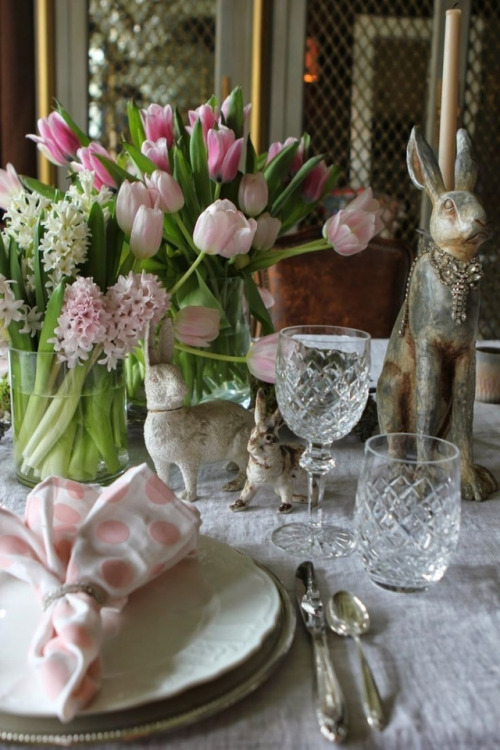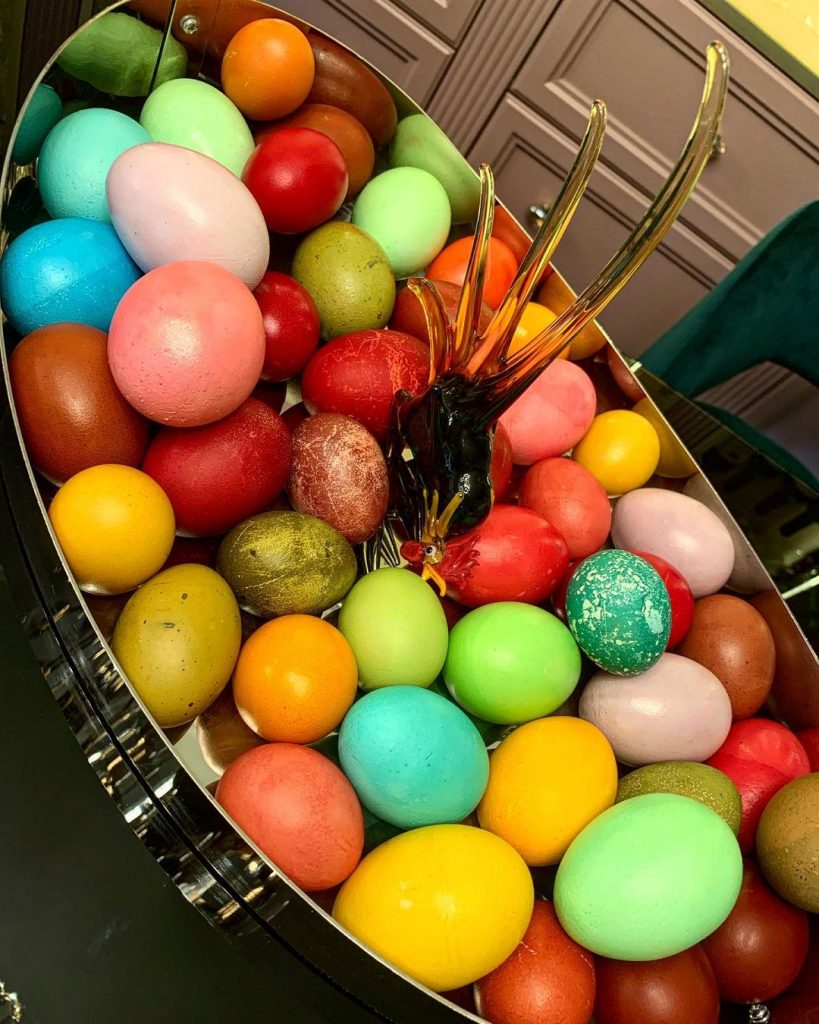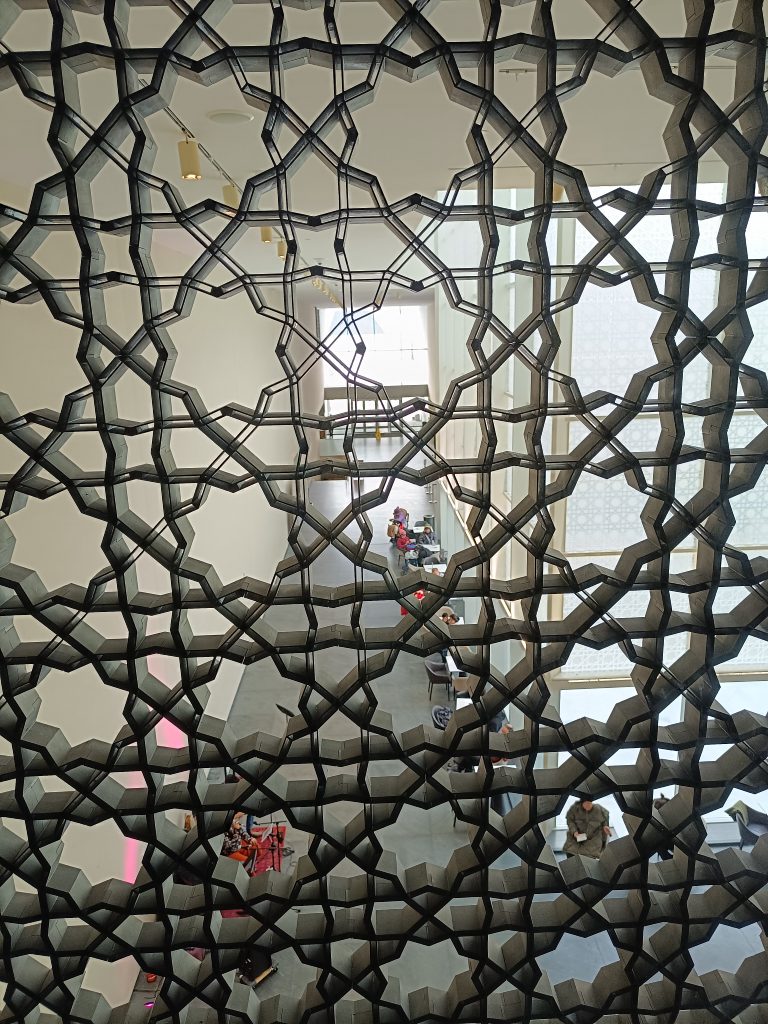
My admiration for the art of the ancient and modern East knows no bounds. I am inspired by their elegance and careful observance of traditions. Imagine that most often in the shops at the bazaar or in the salons of small workshops you find entire generations of masters who have dedicated their lives to the work that their great-grandfather and father did. Wood inlay, olive wood carving, ornamentation on the walls and ceilings of mosques – all this is masterfully executed work that is passed down from generation to generation. And despite all the changes taking place in the East with the change of borders of countries and their existence, these people remain devoted to their craft. Simple, talented, modest masters who will take with them their accumulated knowledge, just as the masters who created the Persian rock baleriefs of Mesopotamia once disappeared.
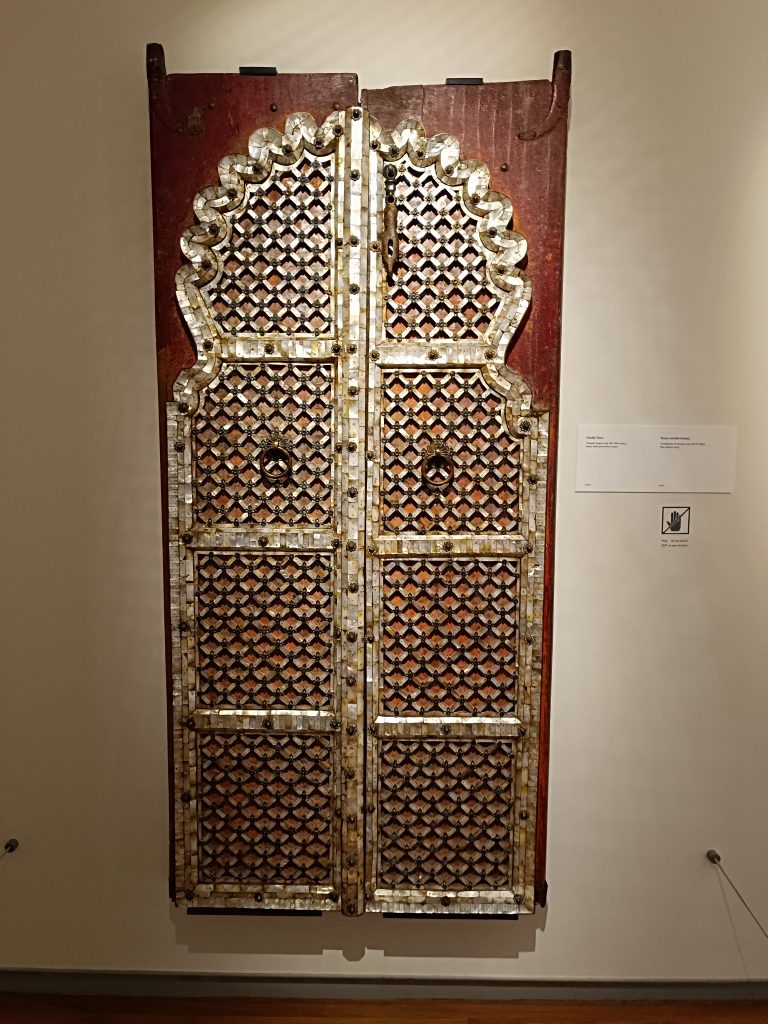
(the combination of carving, inlay and very fine workmanship, finished in silver, creates the shine and magnificence of this door)
I have already described my admiration for the wooden door, made of silver inlay with mother-of-pearl. I will show you its appearance here.
But this is the smallest gold that I would note as a reward for love of the East.
I want to tell you that from the first books that were written in Arabic there are interesting books that we will talk about.
Masnavi by Rumi
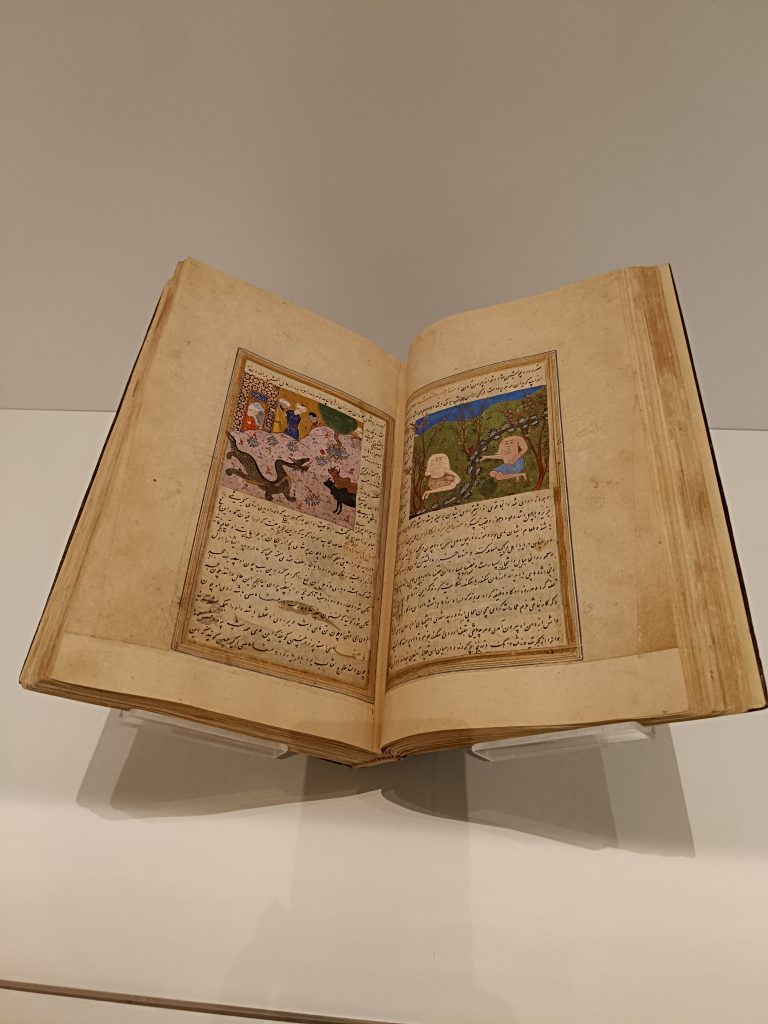
This is an interesting collection of jokes and stories taken from the Koran, Hadith stories and simply Persian tales.
Can you, my readers, imagine the old days when books first appeared? That is, letters, written words, paper on which they wrote, and all this was formed into books. Books were written specifically for preservation and transmission to posterity, therefore, rules of conduct and lessons for edification, social order, descriptions of stories, examples of how to live and coexist were written in books. But also, the wise Persians had funny stories and jokes. Everything for the family, so to speak. In one book you could find everything
This is wisdom.
This is Eastern, Islamic wisdom. It would be interesting to get a translation of these stories, because they focus on Sufi interpretations.
This is a work of Rumi – spiritual couplets. And it is the Koran in Persian. It is a six-volume poem.
It was written by Mawlada Jalaluddin Muhammad Rumi, who lived 1207-1273, a Sufi poet, Islamic theologian, faqih. He is originally from the region of Afghanistan and Tajikistan, those places are also called Balkh and therefore he is sometimes called Balkh. His influence, after he created this poem, goes far beyond his place of residence and covers Turks, Greeks, Pashtuns, Persians. His poems have been translated into many languages of the world, and what is interesting is that he has become the best-selling poet in the United States in the modern world.
What is especially interesting is that his poems have received recognition both in the Arab world and in the Persian world, they have been translated and today they are read both in the original language and in translation. His works have influenced the popularity of Persian literature, the literary tradition of the Persians.
I do not really understand what the differences are, so I ask if anyone knows more, please help me and correct me if I am wrong.
After the death of his father, his son, in order to perpetuate the glory of his father’s works, founded the Sufi order of Mavavi, in whose rituals the works of Rumi are used.
Remember those dancing darvishes in Turkey, who spin around themselves, twisting until they feel weightlessness? These darvishes, these men in long white dresses with caps on their heads, who can dance their amazing dances for a very long time, mastering weightlessness and standing firmly, not falling, dancing in a circle. Rami was their spiritual ancestor.
Very interesting.
Rum, Rumi – something familiar. Oh, yes. After all, this is the name of Byzantium, ancient Byzantium, Byzantine Anatolia, a place in southern Turkey. Before the conquest of this place by the Persians and Islamic Turks, it was known as Rome. Roman places. In Arabic, “Rumi” – Roman. Perhaps this refers to the Romans who lived in those places, to the Anatolian areas themselves. In Turkey, there is a tomb of Rumi – also known as the Mevlana Museum – in the city of Konya, Türkiye.
Rumi was from a family of a noble court theologian and his family faced flight, poverty and wandering because of the Mongol invasion of their state of Khorasan. They stopped in the region of southern Turkey, among the Seljuk Turks, where young Rumi received an education and was imbued with a Sufi mood. The most interesting thing that I would like to emphasize is that all the troubles, wars, the death of his son – strengthened him in his views and in old age he devoted himself to literature and preaching. Although his legacy is small, it is very significant. In his poems, he glorifies man, the values of man, his greatness. And this was revolutionary for the society of that time, since it went against the religious teachings of that time.
And thanks to this, his Masnavi appears – the most widely read poem in the world from his legacy. These are couplets in rhyme. And although there is no connection in his work, the tempo and rhythm are felt. The author wrote his work in part already reading it to his student – and here is the purest crystal purity of relations – no one appropriated it, did not sign under the lines, but passed it on, put it on paper and left a legacy as the work of Rami, indicating that the student wrote it. Rumi’s wisdom is beautiful and his poems are magnificent. His tone and tact in writing couplets is beautiful, it is refined and light. And it conveys the mood and talent of Rumi. At least that passage that is known to everyone – about the elephant. That everyone who touched the elephant described it in the dark as if they were feeling a certain part of the animal. And the end of the story is that everyone called it in their own way without seeing everything in general, but if they had turned on the light……
Beautiful…..
January 26,2025
I express my gratitude to the @AgaKhanMuseum Toronto
All exhibits shown in the post are exhibits of the museum and are presented for viewing. There is nothing better than looking at the past through today’s history. Thank you.
